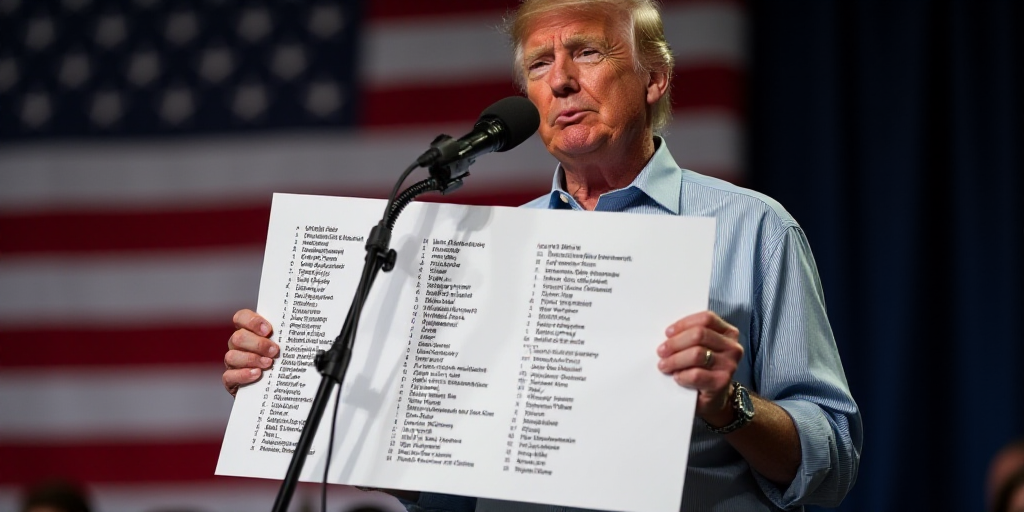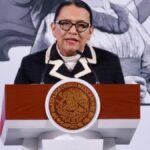Key Players and Background
President Donald Trump’s unpredictable administration is currently in negotiations with the United States’ trade partners, as a July 9 deadline for reinstating tariffs approaches. In early April, Trump announced “reciprocal” tariffs against the rest of the world. These include a minimum 10% surcharge, escalating to 50% for countries exporting more to the US than they import from it.
Trump initially suspended these higher tariffs for 90 days, but they are likely to resume by July 9. Key figures in these negotiations include US Secretary of Treasury Scott Bessent and Wendy Cutler, vice president at the Asia Society Policy Institute (ASPI).
Potential Tariff Scenarios
- Reach an agreement with Washington: Bessent has stated that the US is focusing on reaching agreements with 18 key partners. Vietnam, India, and Taiwan are considered promising candidates for such agreements.
- Obtain an extension: Countries negotiating in good faith may avoid the minimum 10% surcharge, with the final decision lying with Trump.
- Face higher tariffs: Countries deemed “recalcitrant” may see their exports affected by the initially planned reciprocal tariffs.
Key Agreements
Experts believe that these agreements are unlikely to become full-fledged trade deals. Since April, the US has only announced a framework agreement with the UK and a temporary reduction in retaliatory tariffs with China.
Extension Possibilities
Bessent mentioned that countries negotiating in good faith could avoid the minimum 10% surcharge, with Trump making the final decision. South Korea appears well-positioned for an extension due to ongoing political transitions.
Bessent hinted that many countries might avoid tariffs for an extended period, potentially concluding all agreements by Labor Day, September 1 in the US.
Higher Tariffs Risk
Bessent warned that “recalcitrant” countries might face the initially planned reciprocal tariffs. Japan’s reluctance to further open its market for US rice and the US resistance to reducing auto tariffs could restore the 24% duty promised to Tokyo in April.
Trump has not ruled out tariffs up to 50%. European Union products also risk higher import taxes upon entering the US market. Commissioner Maros Sefcovic, negotiating on behalf of the 27-nation bloc, is in Washington to prevent this scenario.
Key Questions and Answers
- What are the potential tariff scenarios before July 9? There are three possible scenarios: reaching agreements with Washington, obtaining extensions, or facing higher tariffs for being deemed “recalcitrant.”
- Which countries are key players in these negotiations? Vietnam, India, and Taiwan are promising candidates for agreements. Japan’s reluctance to increase rice imports from the US and the US resistance to reducing auto tariffs pose risks.
- Are these agreements likely to become full-fledged trade deals? Experts believe it’s unlikely, as the US has only announced framework agreements since April.
- What is the likelihood of extensions for countries negotiating in good faith? Countries negotiating in good faith may avoid the minimum 10% surcharge, with Trump making the final decision.
- What are the risks for countries deemed “recalcitrant”? These countries may face the initially planned reciprocal tariffs, with Japan and the EU at risk of higher import taxes upon entering the US market.






